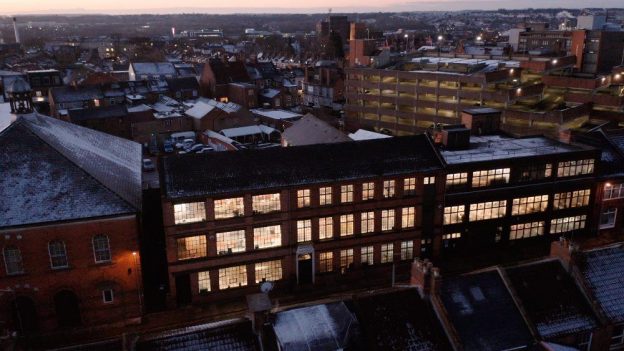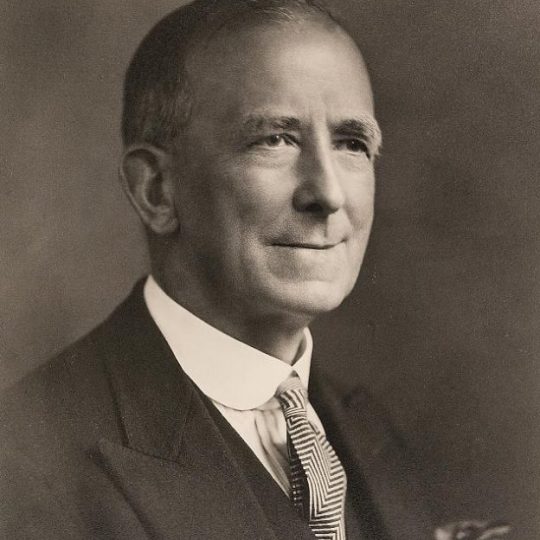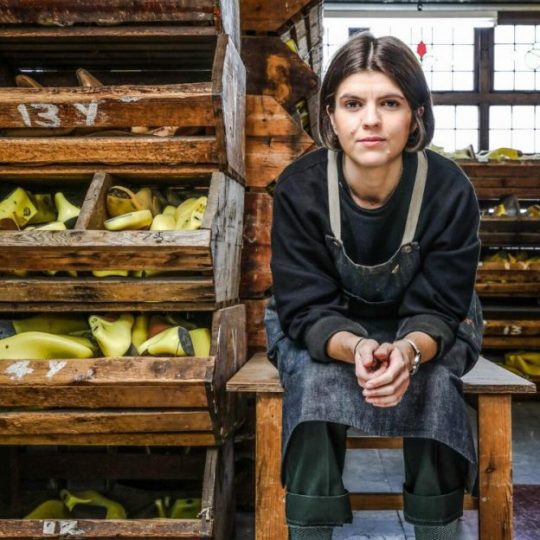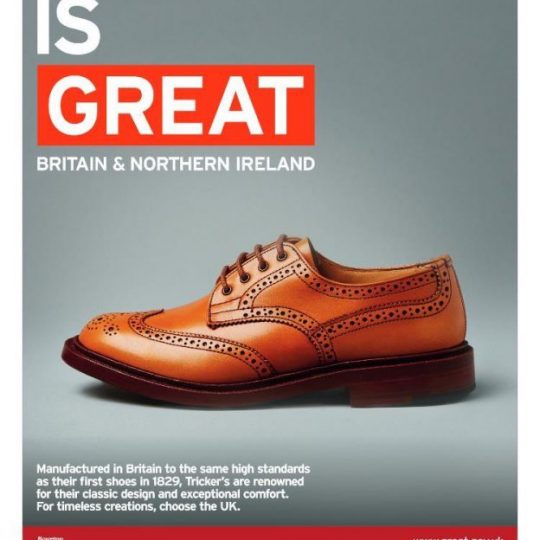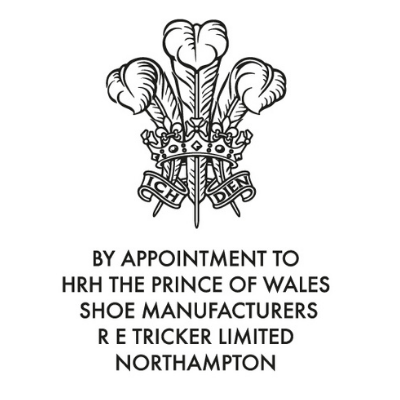Northampton is situated in the heart of England and is a town renowned for its shoemaking industry – the history of which goes back hundreds of years. Historical demand for Northampton shoes became so strong that by the year 1840 there were 1,821 shoemakers in the town, that’s around a third of all adult males in the town at the time.
The earliest reference to Northampton in writing is in 914, and in 1189, Northampton was granted a town charter by King Richard I in exchange for money to fund his crusades. In 1213, King John purchased a pair of Northampton boots for 9 pennies and in 1215 he appointed William Tilly as the first mayor of Northampton.
A shoemaking guild was set up in 1401 which controlled the way the work was performed to ensure good quality. All the shoemakers in the town belonged to the Guild, which regulated the trade and also provided religious services and social events for its members.
The first record listing the export of shoes from Northampton is in 1378 when some were sent to Flanders and by 1525, shoemaking was a significant part of the makeup of the town.
During the English Civil War, over 4,000 pairs of leather shoes were made in Northampton, and 600 pairs of cavalry boots for the Parliamentary armies, while a further 2,000 were crafted for Oliver Cromwell’s forces years later.
Northampton and its surrounding area were famed for its large cattle markets. This meant there was a ready supply of leather.
There was also a good supply of water in the area which is needed for tanning and nearby
Rockingham and Salcey forests provided the oak bark used in the tanning process.
In 1725, Daniel Defoe described the dress of a typical Englishmen and wrote of their shoes as being “from Northampton for all: the poorest countrymen and the master.” The first countrywide census in 1841 listed 1,821 shoemakers in Northampton. Some of these would have had their own workshops and others would have worked in larger establishments employing several shoemakers.

